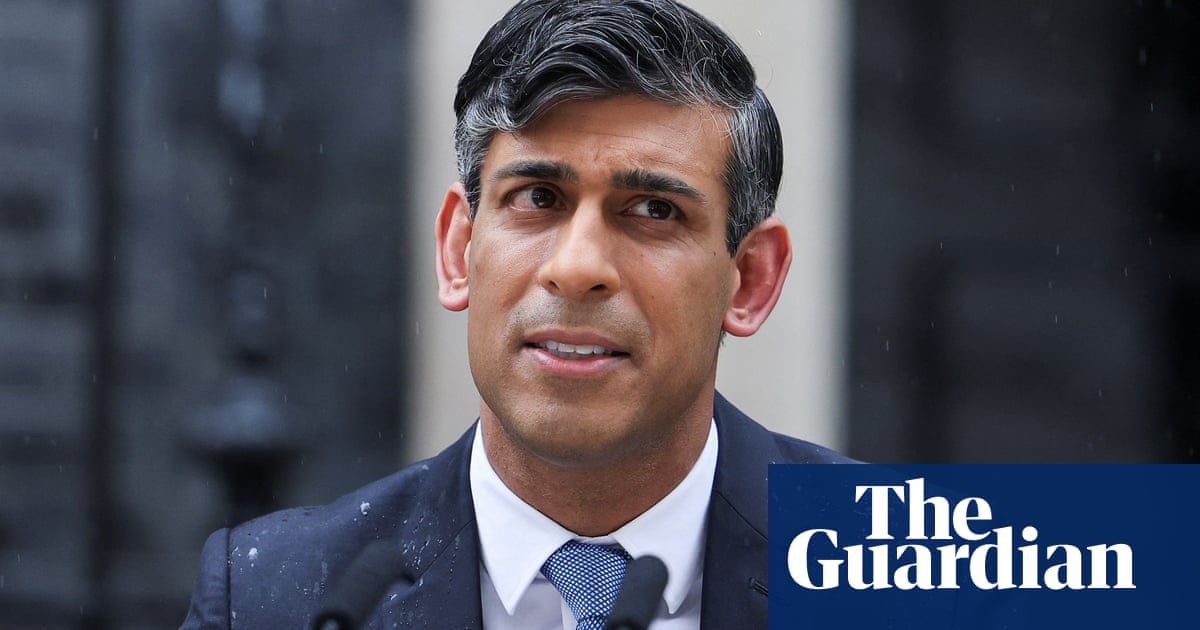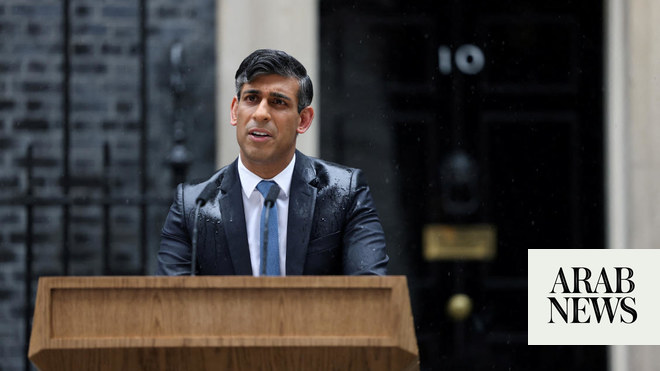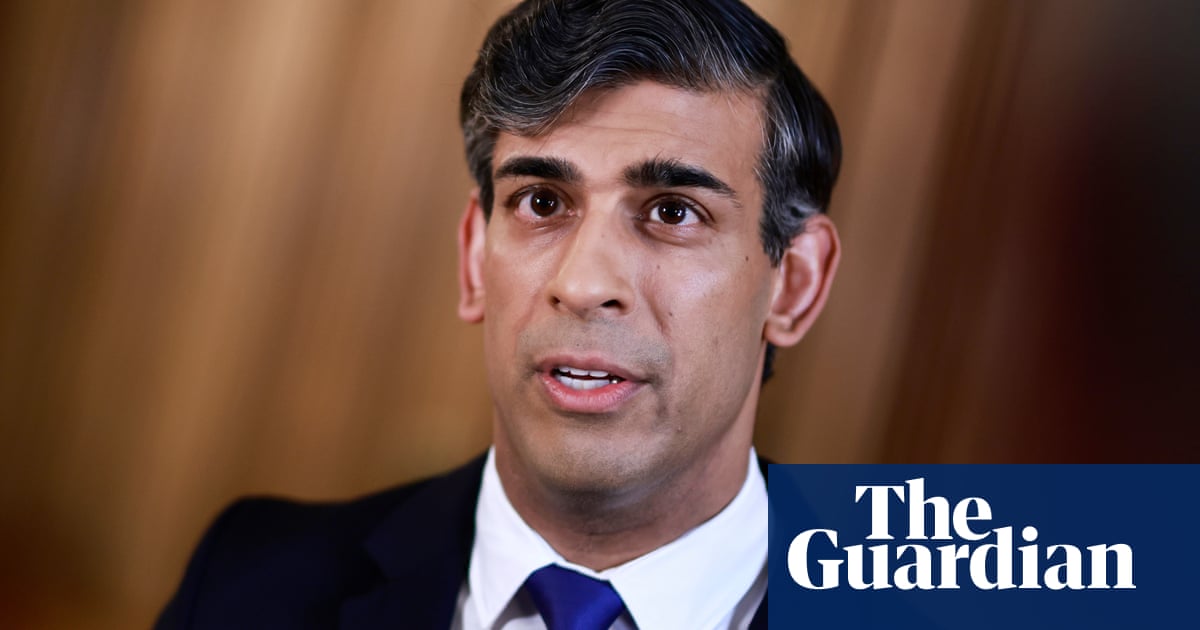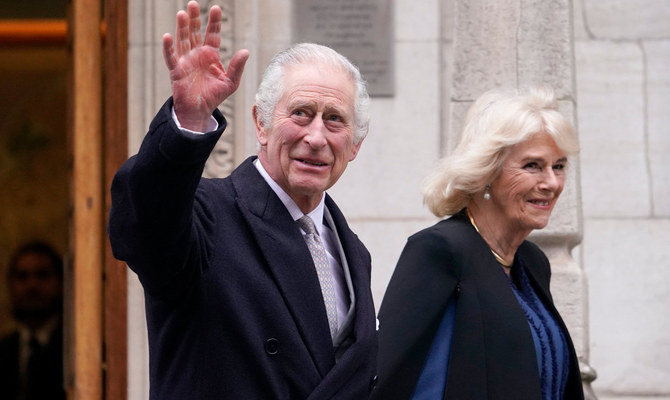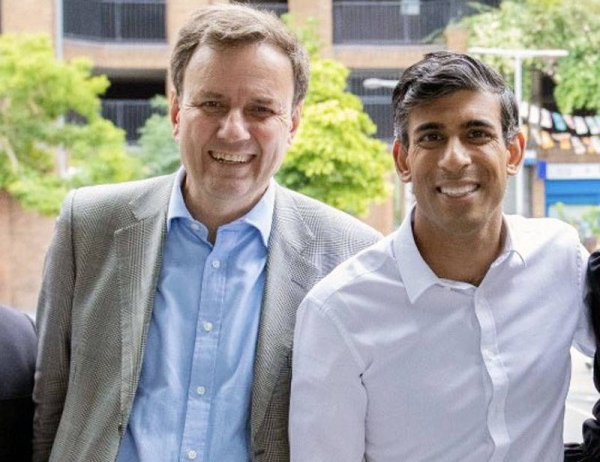
There was an economic logic to Rishi Sunak’s election dash, a decision that defied earlier predictions of a vote in the autumn or even winter. The prime minister could see that hopes of a recovery were fading, and with them his chances of redemption as the architect of Britain’s future prosperity.
Unemployment was going to continue rising. Inflation, after falling steadily over the past year, could bounce back in the autumn. And interest rates, which are a burden for mortgage payers and indebted businesses alike, looked like remaining stubbornly high.
This all meant an economy that had looked set a few months ago to be gathering strength without generating higher inflation – and with flat prices allowing the Bank of England to reduce the cost of borrowing – would be at best a neutral factor in the election, and at worst a stick for Labour to beat the government with. A vote-enhancing outcome was still possible, but the balance of risk had shifted – and not in Sunak’s favour.
Crucial to this outlook for the economy were less-than-sunny reports from the International Monetary Fund (IMF) and the Organisation for Economic Cooperation and Development (OECD). They both predicted that, after a modest bounceback from last year’s recession, the momentum to drive growth would be lacking until at least next year.
The OECD was especially pessimistic: it poured buckets of cold water on Sunak’s aspirations by suggesting that annual growth this year would be just 0.4%. The IMF pitched in with a slightly higher increase of 0.7%.
Official figures published after these reports showed that in the first three months of the year the economy grew by 0.6%, but privately many economists thought this would be revised down at a later date, and that with the Conservatives still in charge, growth would not climb above 1% for 2024.
Some Tory strategists, keen on playing a longer game, focused their hopes on a bigger drop in inflation through the year than was expected by the major international forecasters.
If inflation fell below the Bank of England’s target of 2% and stayed there, these insiders believed, the central bank would be duty bound to reduce interest rates. Three or four cuts could, they thought, see the rate drop from its current 5.25% to nearer 4%, generating a feelgood factor that could disguise stagnation in the wider economy.
The Capital Economics consultancy has predicted that inflation will follow this path, falling dramatically over the next few months and staying low, triggering a series of interest rate cuts. However, some forecasters sit firmly on the other side of the fence, arguing that inflation could return, as it has in the US.
One of the reasons Joe Biden has failed to benefit from an economic bounce can be found in the inflation figures that dropped earlier this year to almost 3% before rising back to 3.5% in March and staying at about that level in April.
The US central bank has made it clear that interest rates are on hold until there are clear signs of inflation dropping back consistently to 2%.
UK inflation dropped to 2.3% in April, but that was a smaller-than-expected fall, and once analysts dug into the data, they found signs of persistently high price rises in the services sector that were likely to prevent overall inflation falling much further. This persuaded the financial markets that the UK was likely to follow the Federal Reserve and push back the first interest rate cut, possibly to November.
Sunak was also shocked by the IMF’s assessment of the public finances and its view that a £30bn gap had appeared between what the government expected to spend and its forecast revenues over the next five years.
The IMF said that, to be certain of stabilising debt by 2029-30, the government would need to increase borrowing, raise taxes or make savings equivalent to 1% of GDP – roughly £30bn.
Deficit figures from the Office for National Statistics supported this view, showing that the government was off to a poor start in April, the first month of the financial year.
A July election allows Sunak to boast about figures that register a modest return to growth in the first quarter, low unemployment and rising consumer confidence. He can say inflation is falling, and there is every sign it will have dropped again when figures for May appear – on 19 June, two weeks before polling day.
Such bragging is unlikely to win favour with a public battered by waves of unnecessary economic shocks, from Boris Johnson’s hard Brexit to Liz Truss’s mini-budget fiasco. The millions of people barely able to cope with shop prices 20% higher than they were in 2021 will also need a more substantial recovery before they can smile again.
The logic for Sunak of going to the polls early is clear. What is more difficult to discern is how it changes the outcome.






